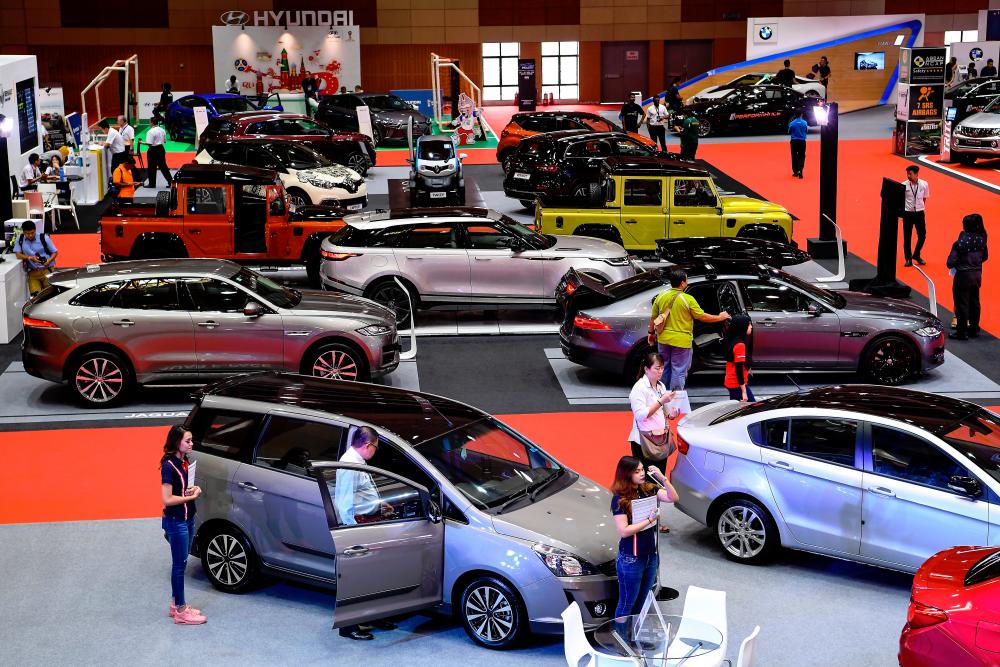PETALING JAYA: The Malaysian automotive sector is encumbered by a weakened ringgit and moderating consumer sentiment in 2019, said analysts.
“We expect total industry volume (TIV) to remain relatively flat year-on-year (y-o-y) in 2019 amid moderating consumer sentiment and high base effect from 2018, as well as a weakened ringgit against US dollar outlook,” said Hong Leong Investment Bank (HLIB) Research.
According to the latest data released by the Malaysian Automotive Association, the TIV for April stood at 50,000 units, reflecting a y-o-y growth of 6.1% and a month-on-month decline of 8.8%. Year-to-date, the TIV rose 5.9% to 193,000.
HLIB Research expects slower growth by the middle of the year due to the high base effect in 2018 attributed to the tax holiday period and has maintained its forecast of 596,600 units for the year, which is a 0.35% drop from the previous year. It also maintained its “neutral” rating on the sector.
AmInvestment Bank said that the sector will be challenged by external and domestic economic uncertainties, noting the drop in consumer sentiment index and the slightly higher unemployment rate in March 2019 compared with the first two months of the year.
Despite, the Overnight Policy Rate cut in May resulting in a slightly more attractive hire purchase financing rate, the challenge remains for the sector to entice consumers into a big ticket item spend.
“We believe that a stronger growth in vehicle sales will ultimately depend on higher wage growth and improvement in economic conditions to lift households’ confidence levels,” it said in a report last Friday.
The research house said that it is looking forward to the revised National Automotive Policy 2019 (NAP 2019), which is likely to be announced in the second quarter of this year.
AmInvestment Bank said that the new policy will set the long-term direction of the automotive ecosystem and provide more clarity on the development of the third national car project.
Meanwhile, TA Research opined that the lower TIV recorded in April might be attributed to high base effect in March and consumers holding off for the festive season promotions.
It maintained its “overweight” stance on the sector with a TIV forecast of 607,000 units for the year, reflecting a 2.1% improvement from 2018.
“We believe the growth will be driven by improving consumer sentiment and uplift in demand for those new sport-utility vehicle models in the market,” it said.













